What is KEYTRUDA (pembrolizumab) and What is it Used For?
Pembrolizumab works by helping your immune system fight your cancer.
Pembrolizumab is used to treat many different types of cancer. For the full list of cancers that it is licensed to treat, please see the Patient Information Leaflet here.
People receive pembrolizumab when their cancer has spread or before and after surgery (neoadjuvant and adjuvant), or just after surgery (adjuvant) where there is a risk of the cancer recurring1.
If you notice any symptoms while receiving your pembrolizumab treatment, you should speak to your healthcare professional right away. Be aware that side effects may still occur after receiving the final dose of your treatment and can affect more than one body area. Certain medicines, such as corticosteroids, may be used to help prevent more severe complications and reduce your symptoms. Your healthcare professional may delay or completely stop your treatment if your side effects are too severe.
Do not attempt to diagnose or treat side effects yourself.1 Ensure that you carry your Patient Alert Card with you at all times.
How does my treatment work?
Normally, our bodies are good at finding cancer and destroying it. However, some cancers can send out signals that help them hide from our immune systems. This lets cancer cells grow and spread.2
How pembrolizumab works2
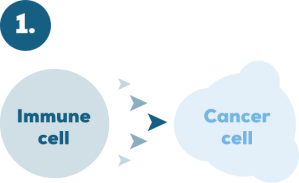
The immune system is your body’s natural defence against disease.
It sends immune cells throughout your body to seek out cancer cells and destroy them.
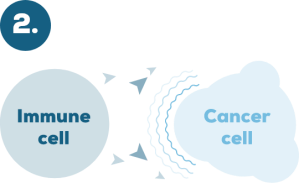
However, some cancer cells can make signals which let them hide from our immune system.
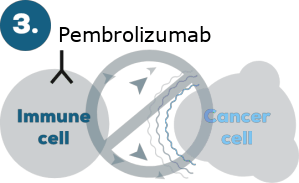
Pembrolizumab helps to stop these signals.
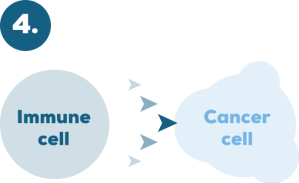
Your immune system can once again identify and attack the cancer cells.
This helps your immune system do what it’s meant to: detect and attack the cancer cells.
Pembrolizumab can be used in combination with other treatments and the details are provided below
How the combination of pembrolizumab and chemotherapy or chemoradiotherapy works
Chemotherapy is a type of anti-cancer treatment that uses powerful chemicals to kill cancer cells, which grow and multiply much quicker than most cells in the body.
Pembrolizumab helps your immune system recognise and attack cancer cells. Chemotherapy weakens or kills cancer cells and also makes them more sensitive to radiation. Radiotherapy uses targeted beams to destroy cancer cells in the cervix and nearby areas.
How chemotherapy works

Chemotherapy drug
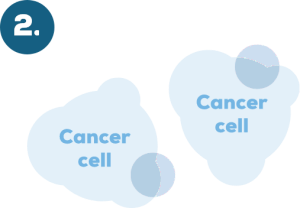
Cancer cells attacked by chemotherapy drug

Chemotherapy drug can kill cancer cells by damaging their DNA or by stopping them from dividing and growing
When pembrolizumab is used in combination with chemotherapy, your treatment can enhance your body’s immune response and increase cancer cell death.
In some cases, you may be prescribed pembrolizumab with chemotherapy and bevacizumab depending on your tumour type. In addition to the above, bevacizumab may help by reducing blood supply to cancer cells in a similar way to how TKIs work, as described below.3
How the combination of pembrolizumab and a TKI Works4,5
Pembrolizumab and TKIs affect two different ways that cancer grows. TKIs are a type of drug that works by reducing the blood supply to cancer cells. This means cancer cells don’t have enough food and oxygen, which causes them to die.
How TKIs work
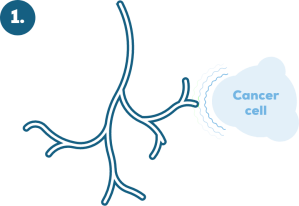
Cancers can send out signals that cause new blood vessels to grow towards the cancer.
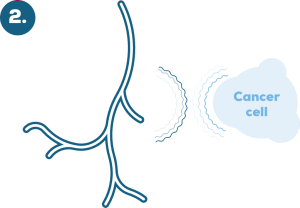
TKIs can block these signals. This stops blood vessels from growing towards the cancer and starves cancer cells of food and oxygen.
When pembrolizumab is used in combination with a TKI (axitinib or lenvatinib), your treatment can enhance your body’s immune response and also help reduce the blood supply to cancer cells.
How the combination of pembrolizumab and Antibody-Drug Conjugates (ADC) works6
Pembrolizumab helps prevent certain cancer cells from hiding and allows your immune system to find and fight them. Pembrolizumab and ADCs (enfortumab vedotin) treat advanced bladder cancer in different ways: ADCs work by combining chemotherapy with an antibody that seeks out cancer cells. They deliver chemotherapy directly to specific locations in the body. This is different from traditional chemotherapy drugs, which target all cells, including both cancer cells and healthy cells.
How Antibody-Drug Conjugates (ADC) work
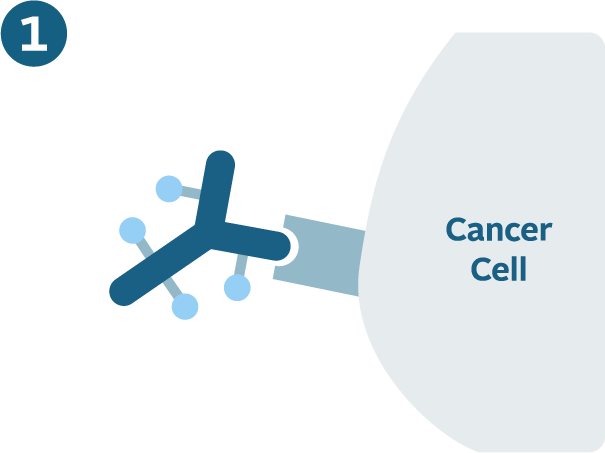
ADCs seek out the cancer cell and attaches to it
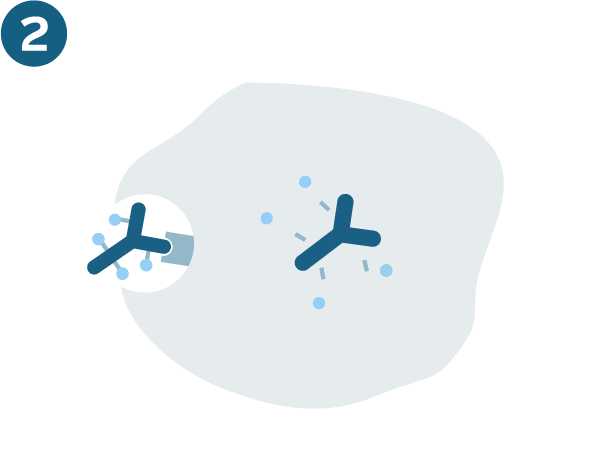
The treatment enters the cell, and delivers chemotherapy directly inside the cell
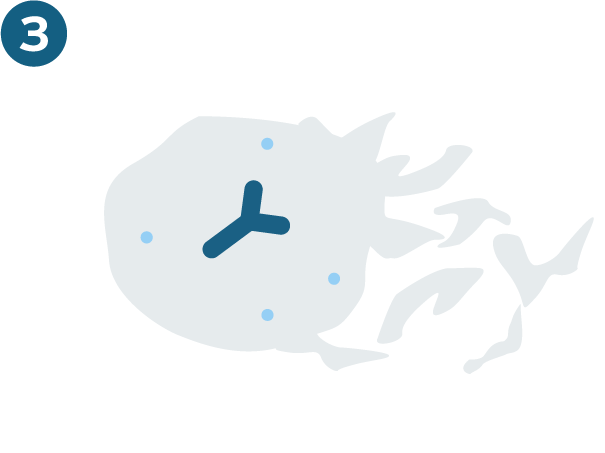
The cell is damaged and killed by the treatment
References:
- KEYTRUDA (pembrolizumab) Patient Information Leaflet.
- KEYTRUDA (pembrolizumab) Summary of Product Characteristics.
- AVASTIN® (bevacizumab) Patient Information Leaflet.
- INLYTA® (axitinib) Patient Information Leaflet.
- Lenvatinib Patient Information Leaflet.
- Padcev (enfortumab vedotin) Patient Information Leaflet.
Supporting documentation
KEYTRUDA® (pembrolizumab)
Summary of Product Characteristics | Patient Information Leaflet
GB-PDO-03713 | Date of Preparation: October 2025


